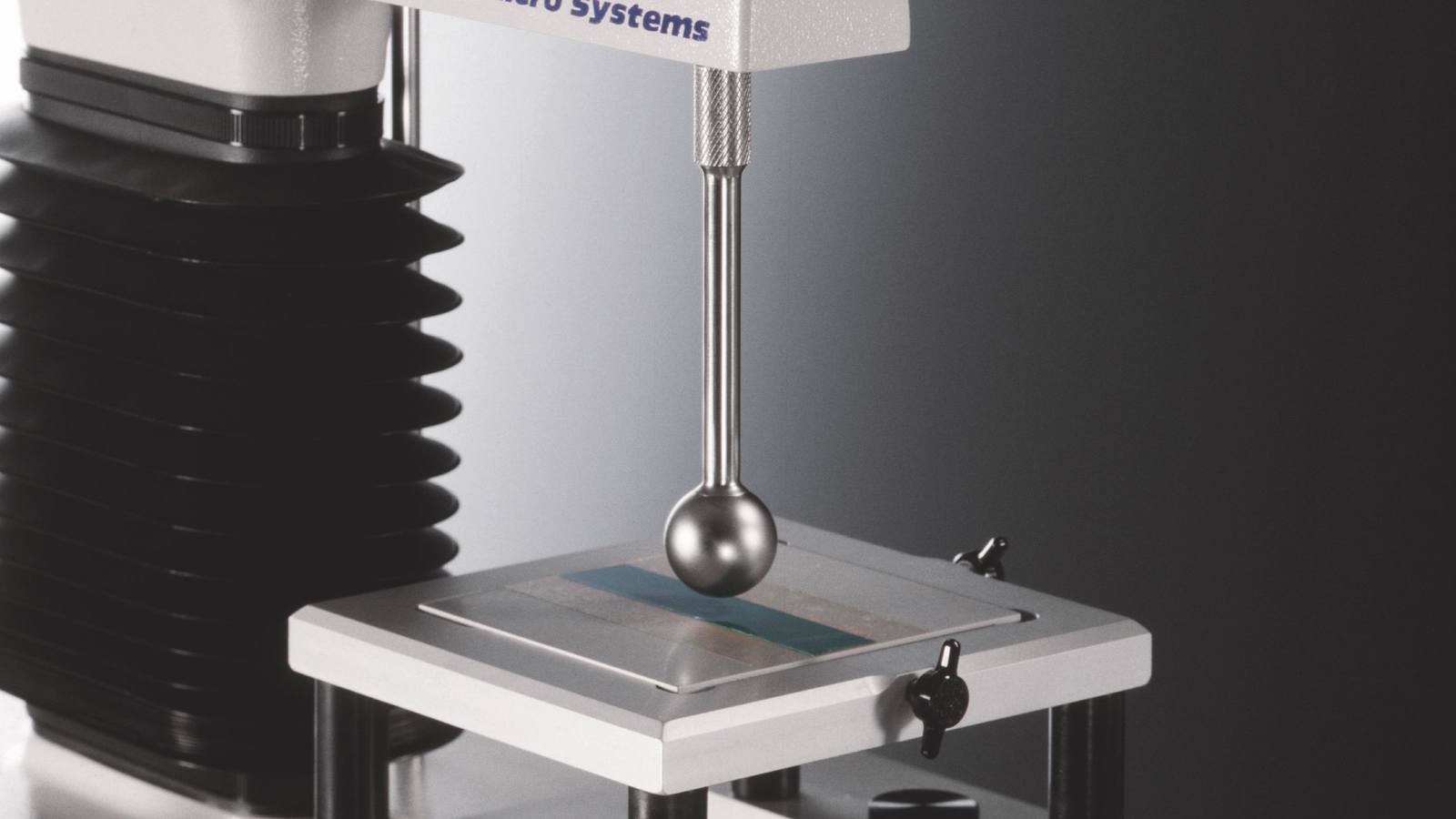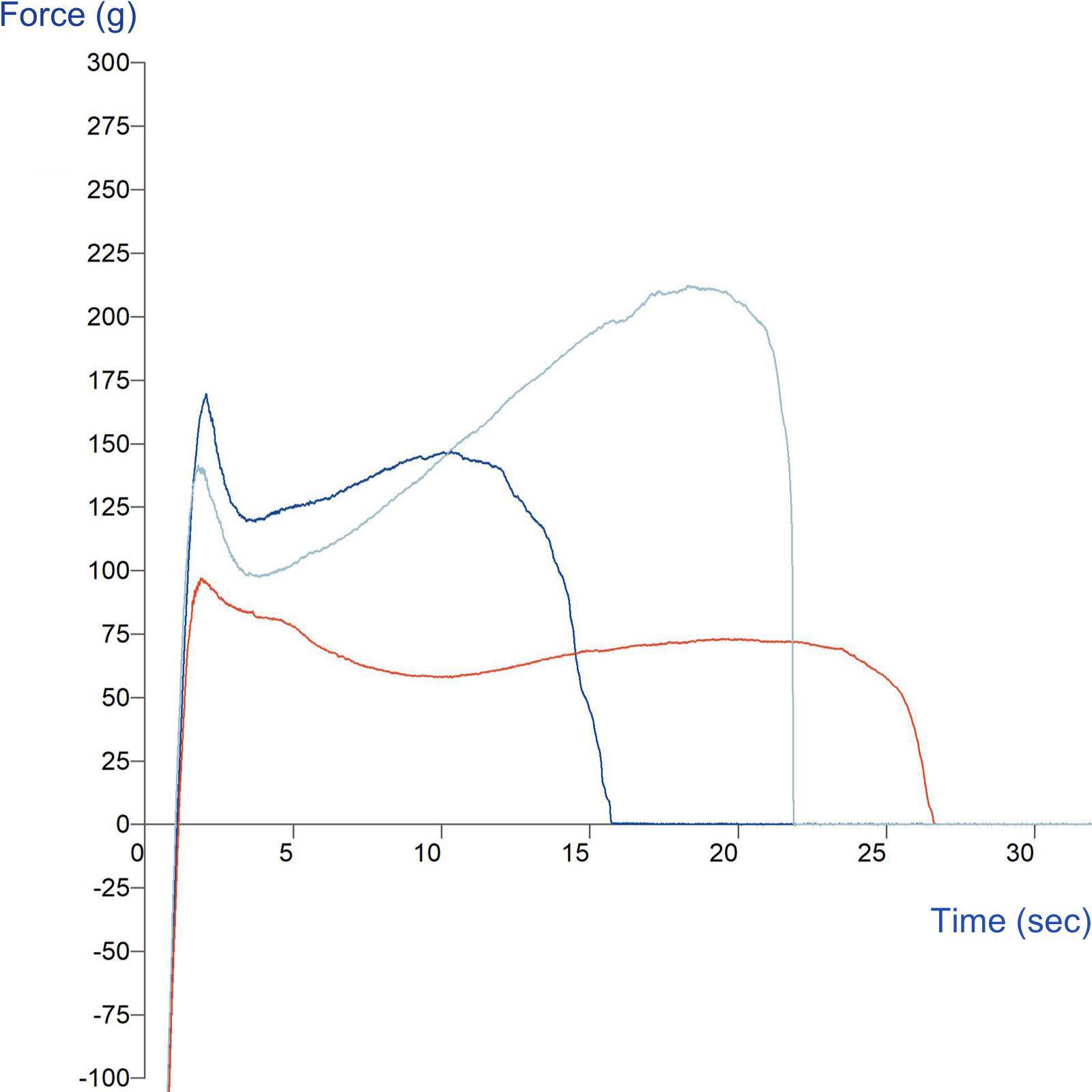
The Avery Adhesive Test

Over recent years, one objective of the Pressure Sensitive Adhesive industry has been to identify a single, standard, reproducible test to easily measure the tack of a PSA.
As a result, experiments with probe adhesive testers of various designs have taken place. Some of these testers have measured the tack force, that is, the maximum force recorded during the debonding of the probe from the adhesive.
Others have suggested measuring the tack as a function of energy dissipation during the debonding process. Because of this ambiguity, the probe tack testers have not provided a better definition of tack than other conventional tack performance tests such as loop tack, rolling ball tack, etc.
Another disadvantage is that the data generated by these testers has not been very reproducible due to inconsistent contact areas between the probe and test surfaces or the interference of the face material stiffness with tack measurements. Consequently, these probe tests have not been widely accepted as standard tools for measuring PSA performance.
However, the Avery Adhesive Test (AAT) has eliminated the disadvantages of the traditional probe testers. Avery Dennison modified an existing concept to develop a new technique. The major concept change involved recording and analysing the entire stress-strain behaviour of a probe test.
Earlier methods had reported a single value for tack force or tack energy. The ability to record and analyse the entire adhesive stress-strain behaviour was made possible by improved transducer and motor technologies, coupled with less expensive and faster computers.
Other improvements over the traditional testers include the use of a 1 inch stainless steel spherical probe to ensure contact consistency for effective adhesiveness measurement, and the use of double-sided tape to mount the test sample in a manner which ensures that the effect of facestock stiffness on test data is minimised. The measurement involves both bonding and debonding in a controlled manner to provide an accurate and complete stress-strain profile.
The advantage of the AAT is that the method can be used to specify adhesive performance by analysing the multiple parameters extracted from the force-distance AAT profile. A second advantage is that the test can then be used for QA/QC by profile pattern recognition software.
Finally, the method can also be used for R&D by analysing the relationship between PSA molecular structure and the AAT profile.
Published paper: CHUANG, H. K., CHIU, C. & PANIAGUA, R. (1997). Avery Adhesive Test Yields More Performance Data Than Traditional Probe. Adhesives Age, September, 18-23.










